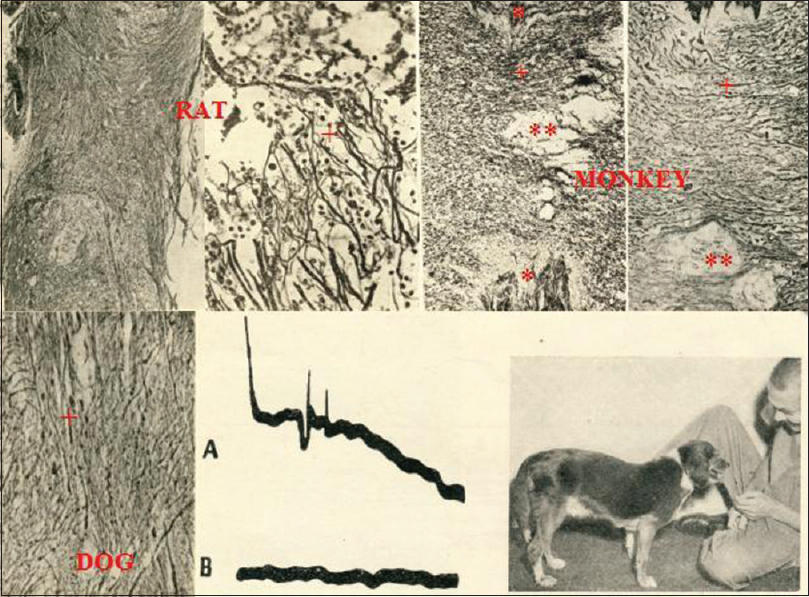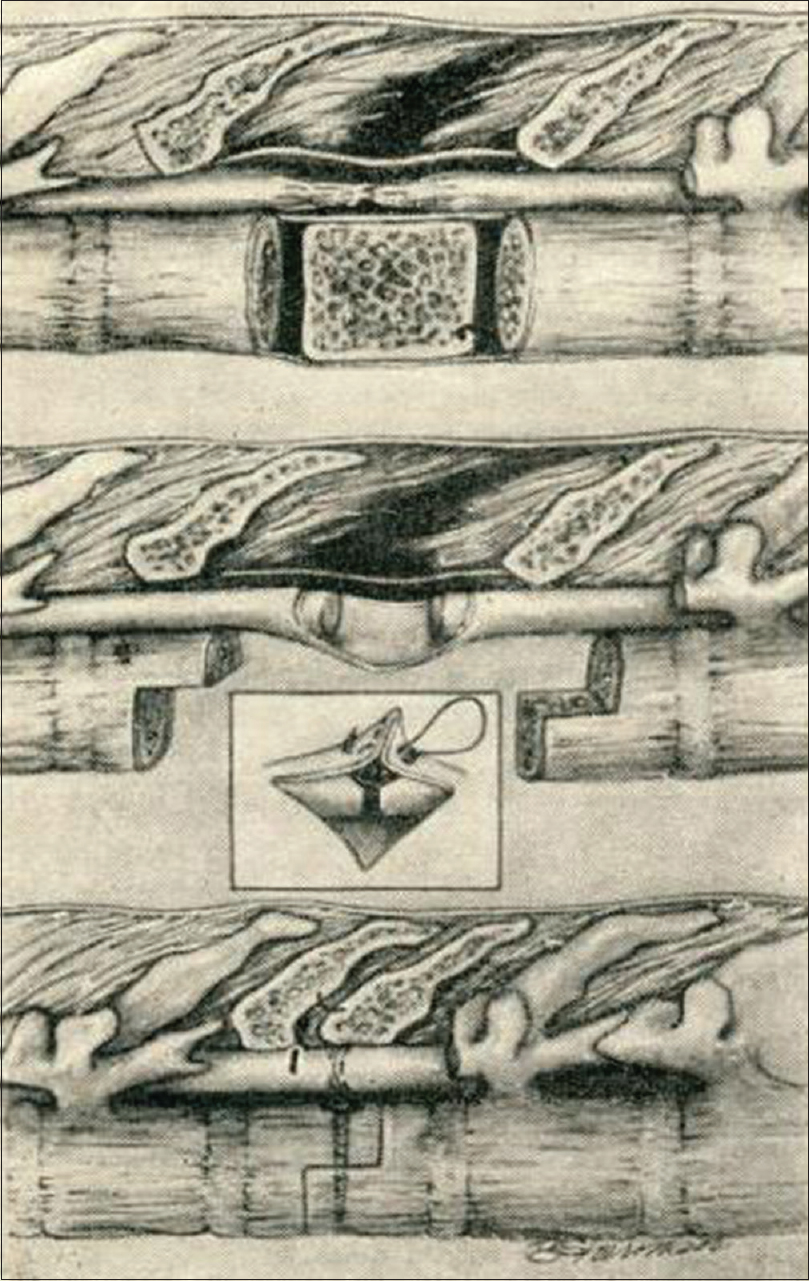- HEAVEN/GEMINI International Collaborative Group, Turin, Italy
Correspondence Address:
Sergio Canavero
HEAVEN/GEMINI International Collaborative Group, Turin, Italy
DOI:10.4103/2152-7806.190473
Copyright: © 2016 Surgical Neurology International This is an open access article distributed under the terms of the Creative Commons Attribution-NonCommercial-ShareAlike 3.0 License, which allows others to remix, tweak, and build upon the work non-commercially, as long as the author is credited and the new creations are licensed under the identical terms.How to cite this article: Canavero S, Ren X. Houston, GEMINI has landed: Spinal cord fusion achieved. Surg Neurol Int 13-Sep-2016;7:
How to cite this URL: Canavero S, Ren X. Houston, GEMINI has landed: Spinal cord fusion achieved. Surg Neurol Int 13-Sep-2016;7:. Available from: http://surgicalneurologyint.com/surgicalint_articles/houston-gemini-landed-spinal-cord-fusion-achieved/
Keywords: Gemini, head transplantation, heaven, peg, spinal cord fusion
In June 2013, the world was taken by storm by the announcement that a full head (or body) transplant was possible.[
Despite several publications delineating the rationale of the GEMINI protocol over the past 3 years,[
Today, it is most gratifying to announce a series of proof-of-principle papers that will dispel that hysteria once and for all.
One of the keys to a successful spinal cord fusion is a very sharp cut that minimizes damage of the cord, both at the white matter and the gray matter level. This allows the two interfaces of a severed cord to regrow neurites out of the gray matter core, the vital component of the sensorimotor machinery that makes us move and feel (the so-called cortico-trunco-reticulo-proprio-spinal pathway, CTRPS) – unlike the previous misbegotten dogma that the white matter (including the pyramidal corticospinal fibers) with its 20 million fibers was solely or to a large extent in charge of these functions (for in-depth anatomical discussion, see references 2–3 and 6). Work done since Cajal's time, but then forgotten or ignored, made it clear that a sharp cut was not irreversibly associated with permanent paralysis; in fact, animals reacquired sensorimotor function.[
A sharp cut has been equated to standard spinal cord injury, which is to a large extent unrecoverable because of the widespread mechanical disruption of the cord's cell bodies and extensions, along with the formation of cysts and scars. This is a major conceptual error. The degree of mechanical disruption is fractional in sharp sections. It is true that a scar, however limited, forms after a sharp severance, but we know that a scar is no obstacle to regrowing neuritic extensions from the spinal propriospinal neurons. This fact was shown by US neurosurgeon W. Freeman more than half a century ago, and rediscovered in 2016








Tonia Addison-Hall
Posted December 13, 2017, 1:31 pm
What was the “accidental mishap” with the rats? Did someone drop them?
C. Horton
Posted April 16, 2019, 5:52 pm
Are you able to repair a brachial plexus injury? Avulsions of C5-6 through T1 based on MR findings. Interestingly however he has near normal function of C5 excellent function of supra and infraspinatus and deltoid, as well as substantial but weak elbow flexion and, grade Elhassan believes it to be a 4. Normal trapezius and horner syndrome.
Aritra Ghosh
Posted July 6, 2021, 2:29 pm
but what will be the tissue shrinking effect of severed cords due to elasticity ?